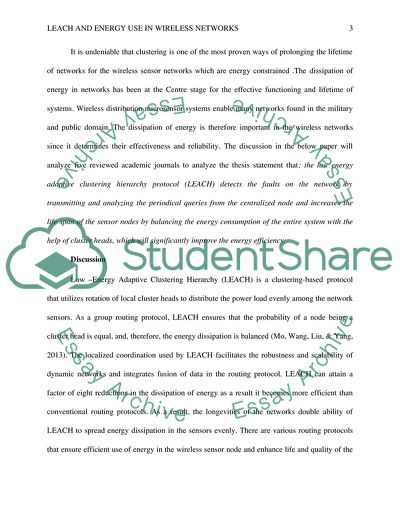Cite this document
(“LEACH protocol in Wireless Sensor Networks Research Paper - 1”, n.d.)
LEACH protocol in Wireless Sensor Networks Research Paper - 1. Retrieved from https://studentshare.org/information-technology/1686862-leach-protocol-in-wireless-sensor-networks
LEACH protocol in Wireless Sensor Networks Research Paper - 1. Retrieved from https://studentshare.org/information-technology/1686862-leach-protocol-in-wireless-sensor-networks
(LEACH Protocol in Wireless Sensor Networks Research Paper - 1)
LEACH Protocol in Wireless Sensor Networks Research Paper - 1. https://studentshare.org/information-technology/1686862-leach-protocol-in-wireless-sensor-networks.
LEACH Protocol in Wireless Sensor Networks Research Paper - 1. https://studentshare.org/information-technology/1686862-leach-protocol-in-wireless-sensor-networks.
“LEACH Protocol in Wireless Sensor Networks Research Paper - 1”, n.d. https://studentshare.org/information-technology/1686862-leach-protocol-in-wireless-sensor-networks.


